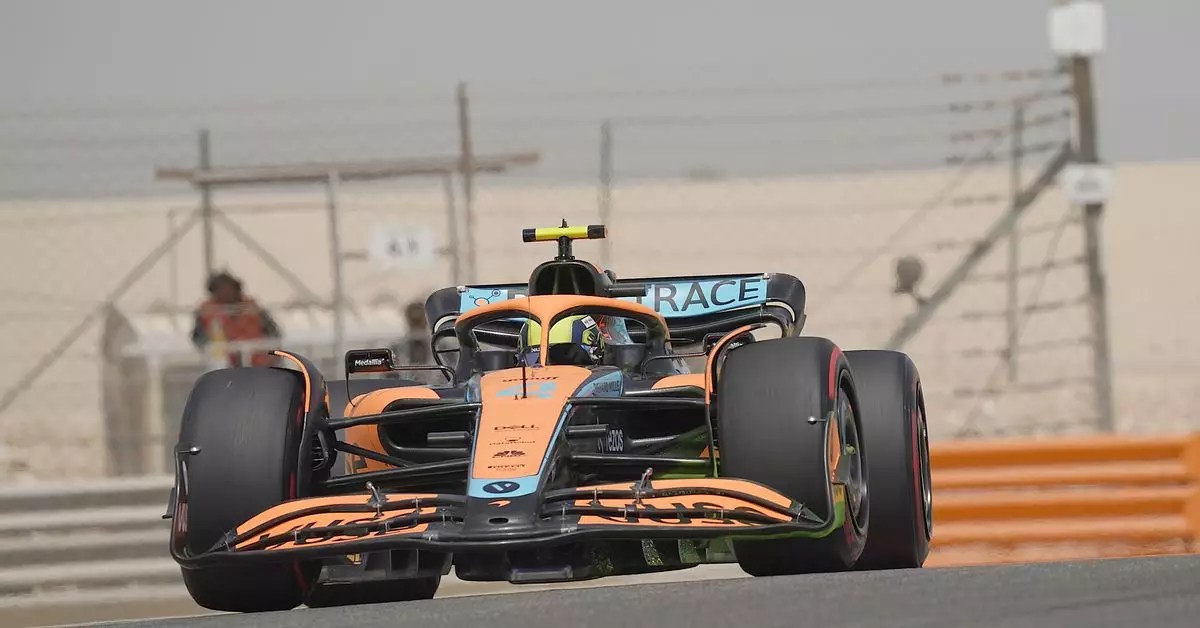Formula 1 has always been at the forefront of technological advancements, constantly looking for new ways to enhance the viewing experience for fans. One recent innovation that has garnered a lot of attention is the gyro camera system mounted above the helmet of race drivers. This system provides viewers with a unique perspective of the action on the track, particularly emphasizing the banked turns at circuits like Zandvoort.
The decision to incorporate the gyro camera system into the broadcast footage of the Dutch Grand Prix qualifiers was met with widespread praise from fans on social media. Many viewers appreciated the ability to “really see the banking” and gain a better understanding of the intricacies of the track. Some even suggested that this type of footage should be standard on all cars, highlighting the potential for this technology to revolutionize the way races are viewed.
Despite the positive feedback, there were also some concerns raised about the gyro camera system. Some viewers felt that it distorted the perception of speed, detracting from the overall excitement of the race. Others worried that prolonged exposure to this type of footage could lead to motion sickness, raising questions about the implications of using this technology on a widespread basis.
Dino Leone, Formula 1’s head of onboard camera operations, addressed these concerns in a recent video, explaining that the gyro camera system allows for real-time adjustments to control the level of gyroscopic effect. This flexibility in customization suggests that Formula 1 is actively seeking to address the feedback from viewers and find a balance that enhances the viewing experience for all fans.
Following successful trials in races like Brazil and Japan, Formula 1 intends to incorporate the gyro camera system more frequently throughout the upcoming season. This commitment to expanding the use of this technology demonstrates the sport’s willingness to embrace innovation and push the boundaries of what is possible in broadcast coverage.
The introduction of gyro camera systems in Formula 1 broadcasts represents a significant step forward in enhancing the viewing experience for fans. While there are both positives and negatives associated with this technology, the overall potential for innovation and improved engagement with audiences is undeniable. As Formula 1 continues to explore new ways to bring viewers closer to the action, the gyro camera system stands out as a promising development in the evolution of motorsport broadcasting.


Leave a Reply